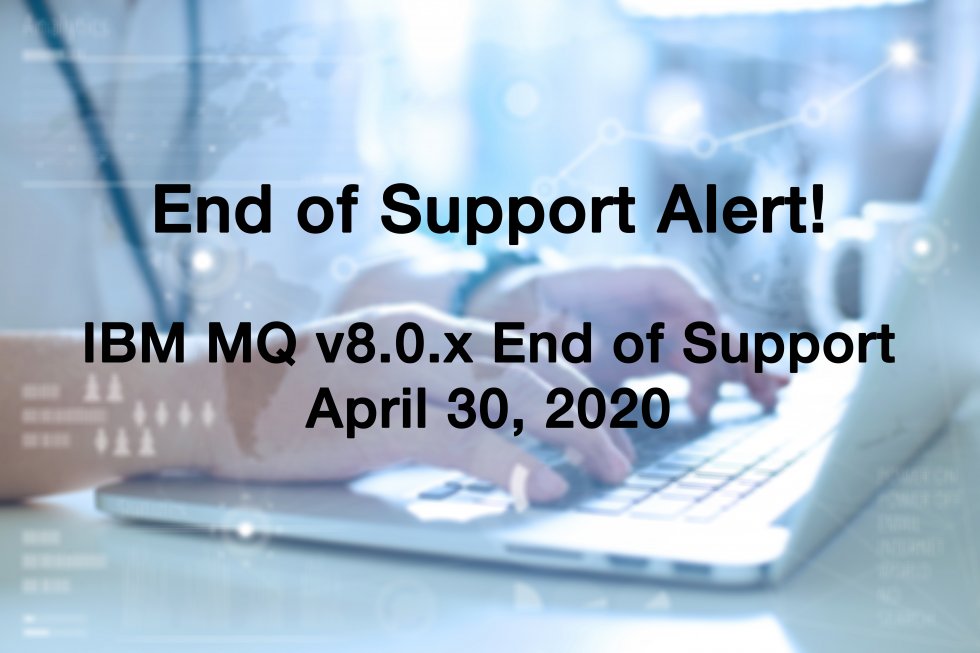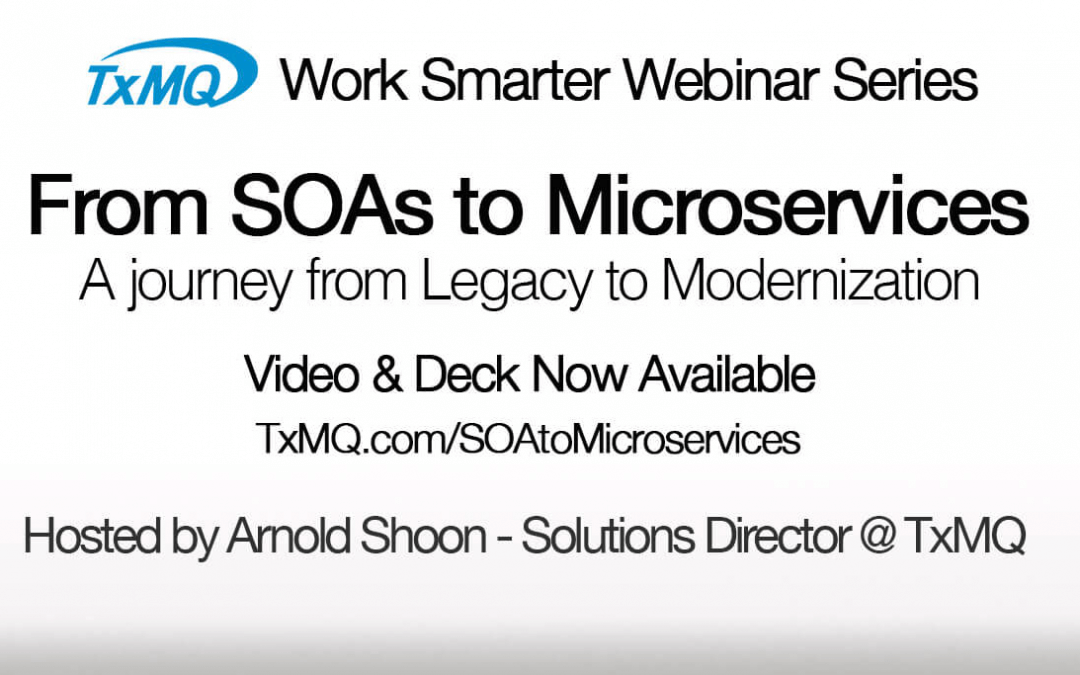Are you still running IBM MQ v8.0.x (or alternately, an even earlier build)?
IBM has announced as of April 30th, 2020 it will end of support for IBM MQ v8.0.x. If you are still using that version it’s recommended that you upgrade to v9.1 to avoid any potential security issues that may occur in earlier, unsupported versions of MQ.
MQ v9.1 Highlights:
- IBM MQ Console
- The administrative REST API
- The messaging REST API
- Improvements in error logging
- Connectivity to Salesforce with IBM MQ Bridge to Salesforce
- Connectivity to Blockchain
What are your plans for IBM MQ?
I plan to upgrade:
It’s never too late to start planning your upgrade and upgrading to IBM MQ’s newest v9.1 is a great option. There are great new features that help you manage costs better, improve efficiency, and manageability.
Take a closer look here at some of the enhancements.
If you are still considering your plans, now’s a great time to speak with our SME Integration Upgrade Team. Reach out to us today to set up a free Discovery Session or contact us directly for any questions.
I would like to continue to use v8.0.x (or earlier versions):
It’s ok if you’re not ready for the newest version of MQ just yet. However, it’s important to remember that without support you may not be protected against avoidable security risks and additional support costs. IBM does offer Extended Premium support but be prepared, that option will be very expensive.
Alternatively, as an IBM Business Partner TxMQ offers expert support options. As a business partner, we have highly specialized skills in IBM software. We can help guide you through issues that may arise at a fraction of the cost with the added benefit of flexibility in services. Check out more on TxMQ’s Extended Support Page. (https://www.txmq.com/end-life-software-support/)
I will support it internally:
If you have an amazing internal team inhouse, odds are they don’t have much time to spare. Putting the gravity of a big project on your internal team can cut into their productivity. For many organizations, this will limit a team’s ability to focus on innovation and improving customer experience. This will make your competitors happy but your customers and clients definitely won’t be.
Utilizing a trusted partner like TxMQ can help cut costs and give back some time to your internal team to focus on improvements and not just break/fix maintenance. Reach out to our team and learn how we can help maintain your existing legacy applications and platforms so your star team can focus on innovation again. Reach out and ask how we can help today.
I don’t know, I still need help!
Reach out to TxMQ today and schedule a free Discovery Session to learn what your best options are! TxMQ.com/Contact/



